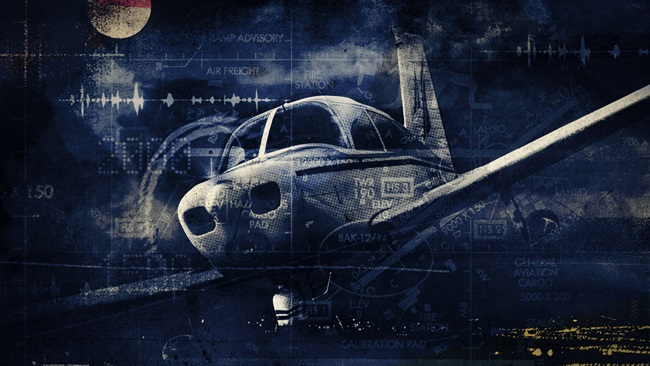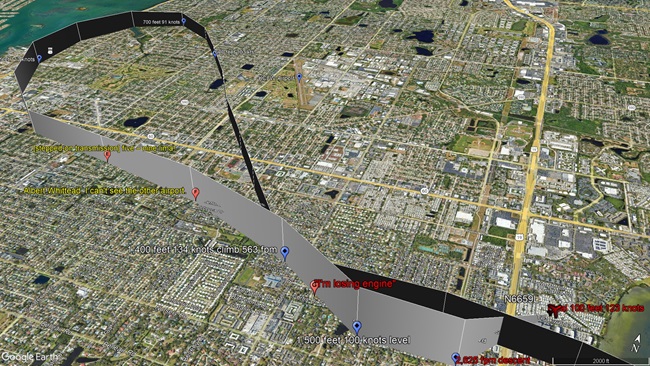Absolutely the best worst night landing ever
At the end of a long-ago day of flight instructing and taking summer tourists on scenic flights around Acadia National Park, I had to bring one of our flight school’s Cessna 172s from the nontowered Hancock County-Bar Harbor (Maine) Airport to the towered Bangor International Airport. A student pilot was coming with me, so of course when I said, “Take a seat,” you can guess which seat he took.
The fixed-base operation at Hancock County was already closed when we clicked on the airport’s pilot-controlled lights with the aircraft’s single radio, taxied out, and departed on a moonless night.
I dialed in the frequency to contact Bangor Approach, to discover that the lone comm radio in the bare-bones workhorse airplane was dead.
Not wanting to make a night no-radio arrival at the towered airport, which can be busy with airline, military, and general aviation traffic, we turned around to return to Bar Harbor. But just then, the pilot-controlled runway lights went dark and we had no way to turn them back on.
That left two choices: A no-radio arrival at Bangor, or a no-lights return to Bar Harbor.
Neither option held appeal—but before I could choose between them (what would you have done in this scenario?), the runway lights in Bar Harbor came alive again, thanks to an arriving aircraft. We spotted the traffic easily and got in position for a well-spaced arrival.
It was going to be a close call, as far as the runway lights staying on for us, but I was confident they would at least get us close enough to land safely with the Cessna’s landing light alone. The student pilot was still flying, but he was becoming a little unnerved.
The lighting stayed on during our final approach, but the nervous student pilot mistimed his flare, and the airplane touched down rather firmly.
The good news was that the jolt brought our radio back to life.
Taxiing clear, I contacted Bangor Approach on the Hancock County-Bar Harbor Airport’s clearance delivery frequency.
A familiar voice responded, that of a friend of mine, an instrument-rated private pilot, who was working all of Bangor’s air traffic control positions solo that night.
I explained the situation and told him that we wanted to bring the aircraft to Bangor, but the radio was unreliable.
No problem, he said, if you want to try again, there is no inbound traffic at the moment, and you are cleared to land straight-in on Runway 33. (This was the first and only time I have ever been cleared to land at the destination before taking off).
We departed again. The radio stayed on, and the rest of the flight—as people always say at the end of one of these kinds of stories—was uneventful.



